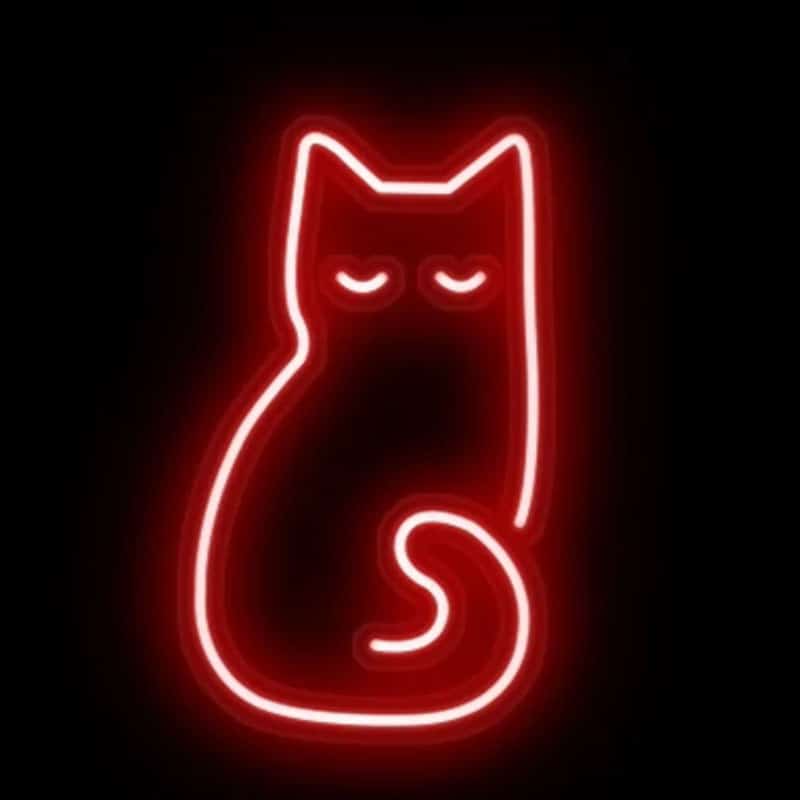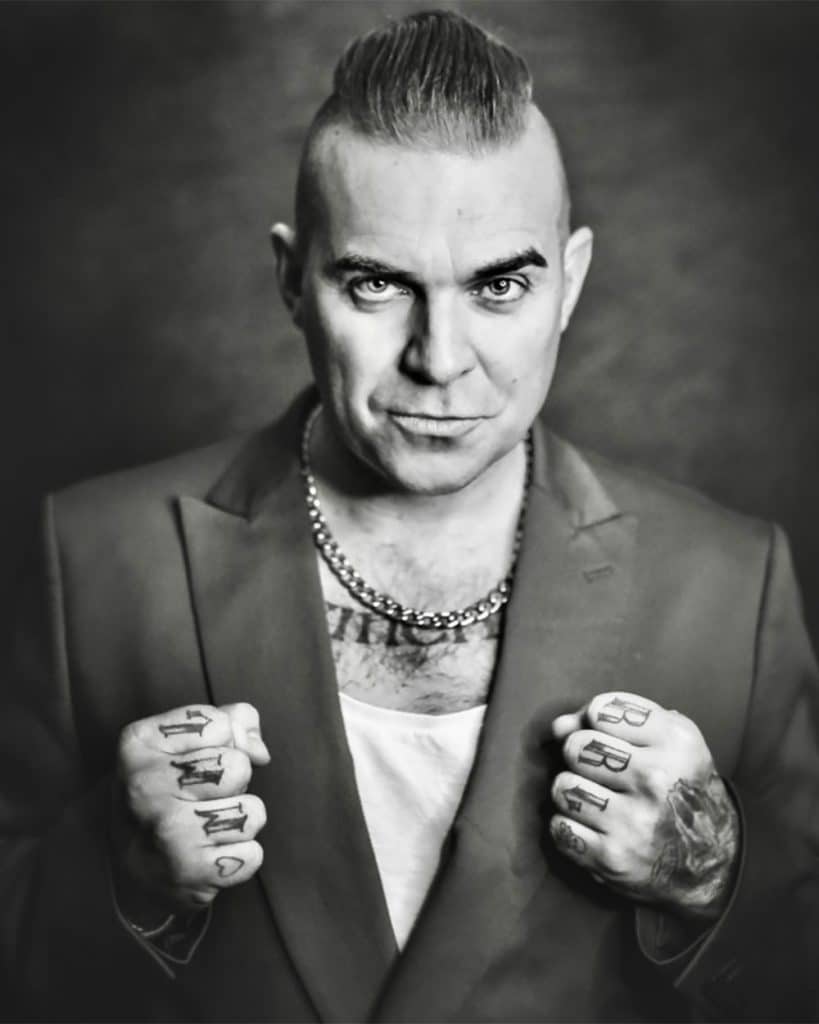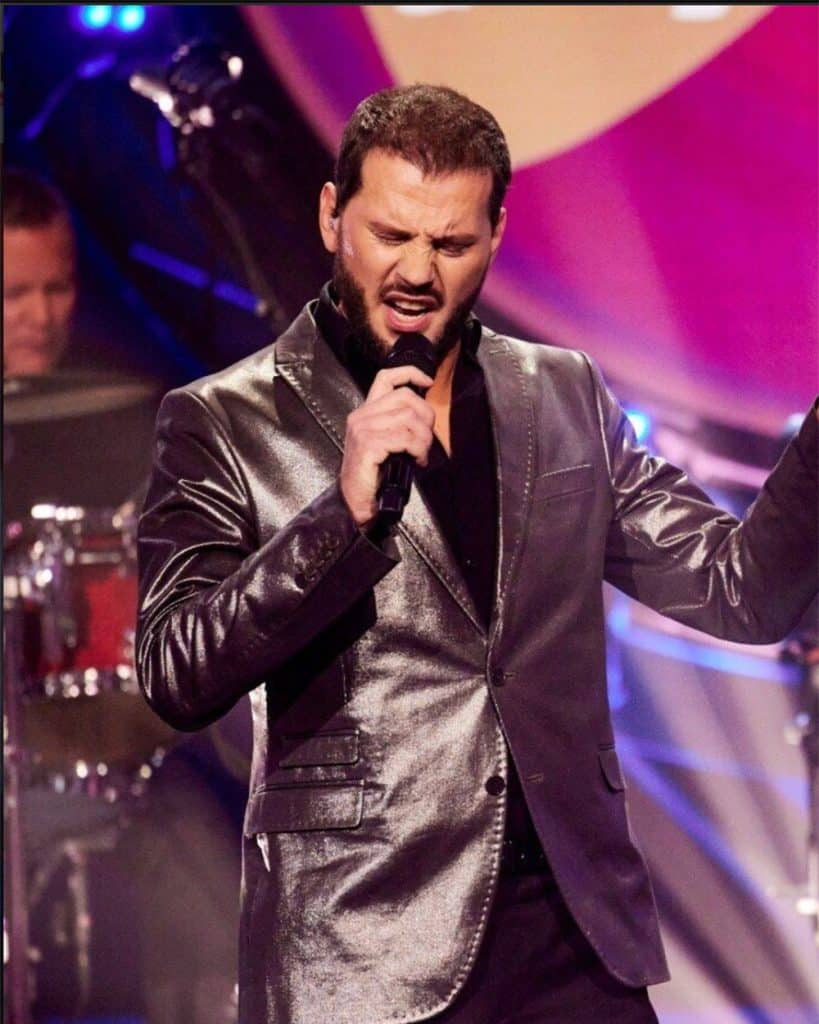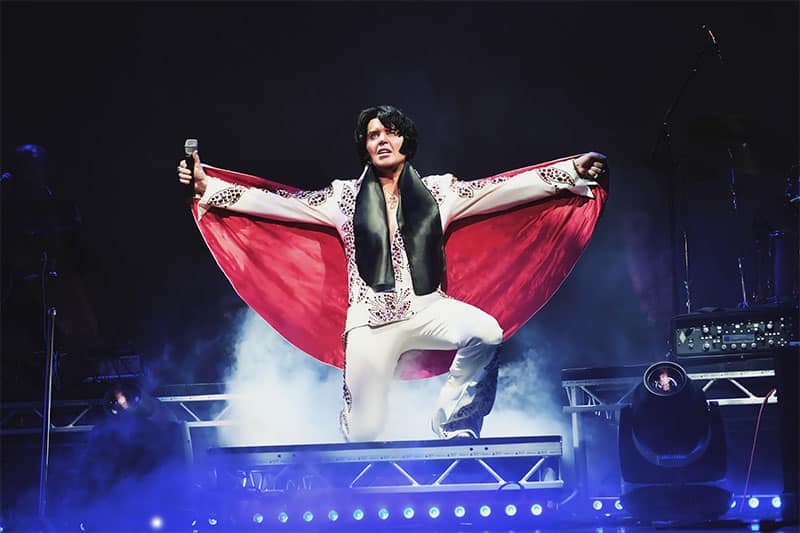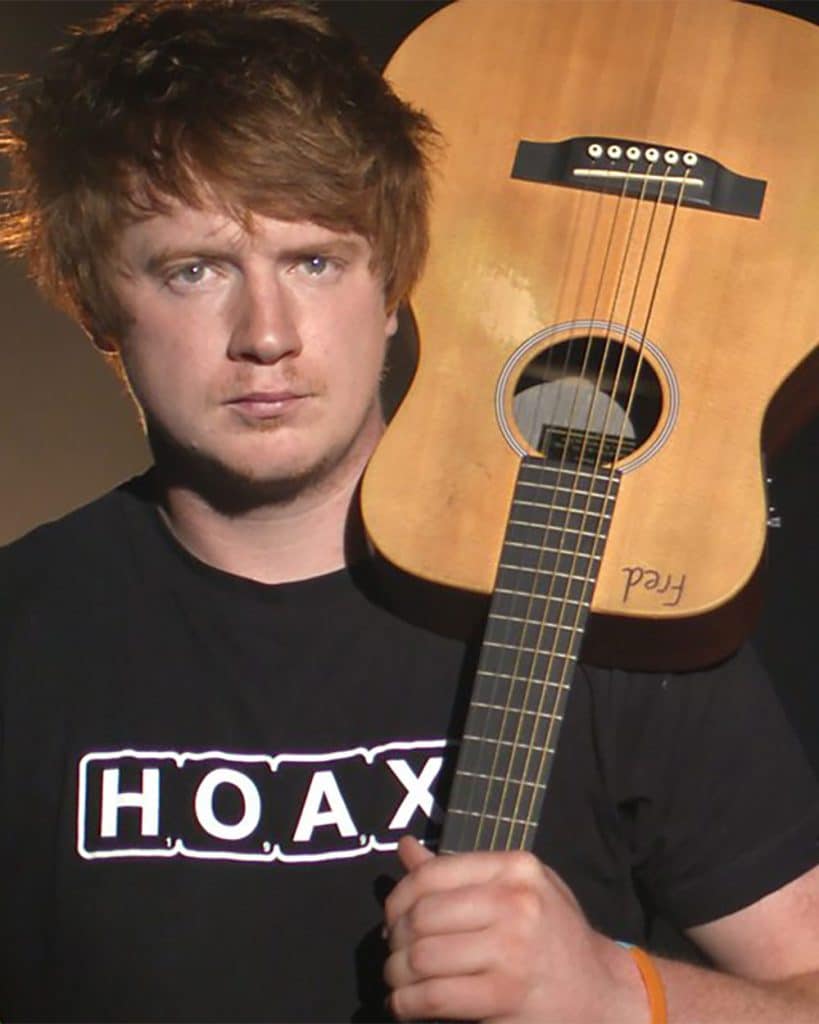CAT International
ENTERTAINMENT OP HOOG NIVEAU
CAT beweegt zich al bijna 50 jaar in de boekings en muziekwereld.
Onze Tributebands en artiesten zijn geselecteerd op hun professionaliteit en kwaliteit.
Boek bij CAT en u weet dat het perfect geregeld wordt.
CAT beweegt zich al bijna 50 jaar in de boekings en muziekwereld.
Onze Tributebands en artiesten zijn geselecteerd op hun professionaliteit en kwaliteit.
Boek bij CAT en u weet dat het perfect geregeld wordt.
Waarom kiezen voor Cat International?
Kwaliteit, creativiteit en klantgerichtheid
CAT International heeft zich ontwikkeld tot een zeer professionele Full-Service organisatie in de steeds veranderende wereld van entertainment. Door haar natuurlijke vermogen om ervaring en flexibiliteit te combineren is CAT (Dini) in staat om elke uitdaging aan te gaan, van idee tot uitvoering.
Kwaliteit, creativiteit en klantgerichtheid zijn de pijlers waarop Dini en haar team de ontwikkeling van CAT International hebben gebaseerd en hun succes hebben gerealiseerd.
Bedrijfsfeesten
Discotheken
Een (inter)nationale bekende DJ, artiest of band voor u boeken is onze specialiteit.
Festivals
Bruiloften
Een passende bruiloftband boeken voor de mooiste avond van uw leven?
Nationale en internationale bekende artiesten
Professionele cover- of tributeband boeken?
Bent u op zoek naar een professionele cover band zoals New Amen Corner (UK) of Papa de Grazi (NL) of een tributeband met internationale furore zoals The Chicago Funk of een bekende show band uit de UK “Johnny Warman’s Magic Bus”. CAT International heeft de connecties en kennis om deze bands voor u te boeken.
Email ons
dini@cat-int.com
BEL ONS
+31 (0)13 570 22 55
Een greep uit ons aanbod
ARTIESTEN & BANDS
Een klein overzicht van het actuele aanbod van door ons geselecteerde artiesten.
Onder Aanbod vindt u een totaal overzicht van onze artiesten.
Dus tribute acts/bands, zanger/essen, look-alikes, allround bands, en complete shows. Bij een aantal is MIX and MATCH mogelijk. Dit houdt in het kort in dat een aantal artiesten of bands meerdere acts of tributes kunnen verzorgen of begeleiden zodat er een avondvullende show ontstaat. Dit kan ook invloed hebben op de totale prijs in uw voordeel.
Artiest, DJ of band aanvragen?
MAAK UW BOEKING





